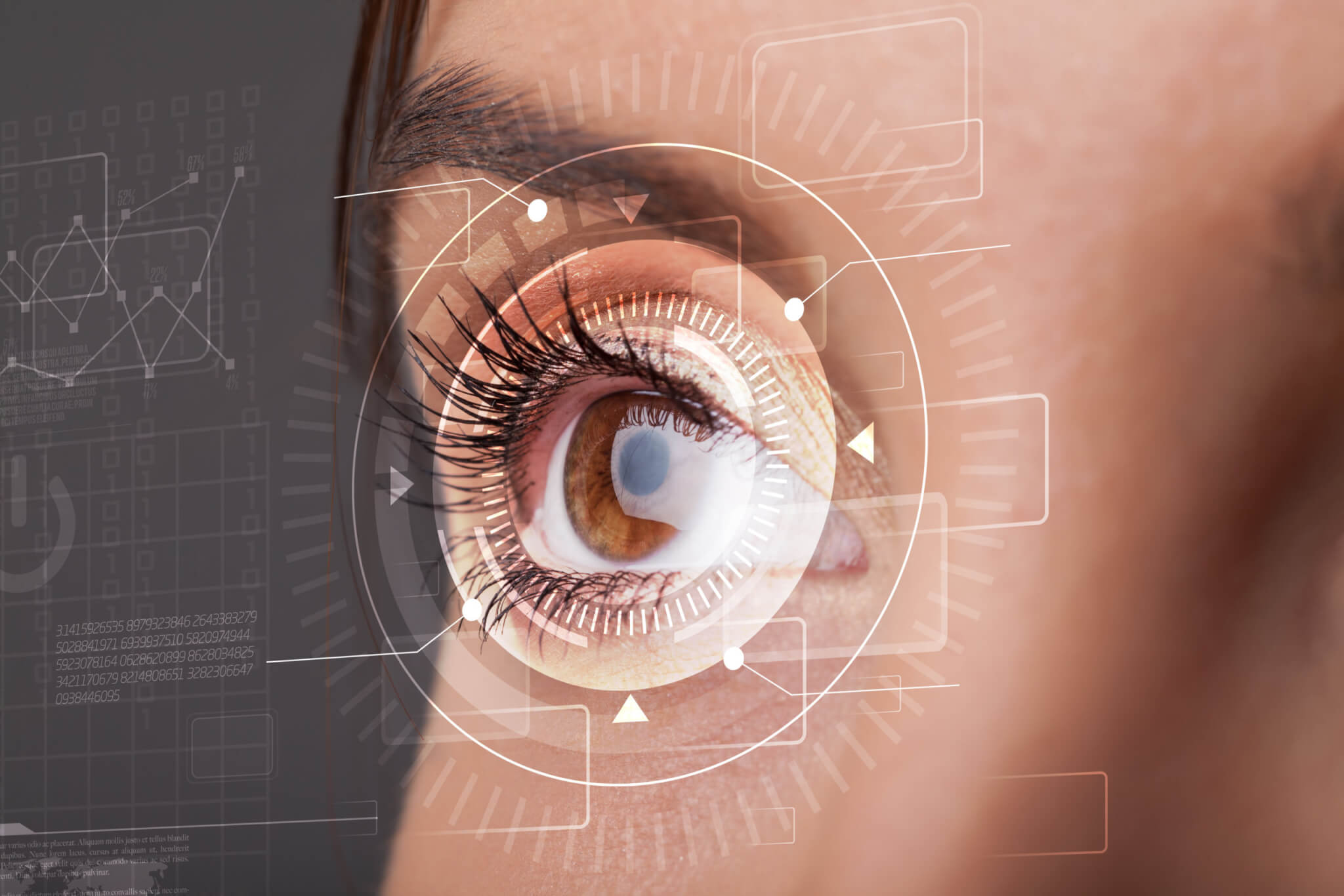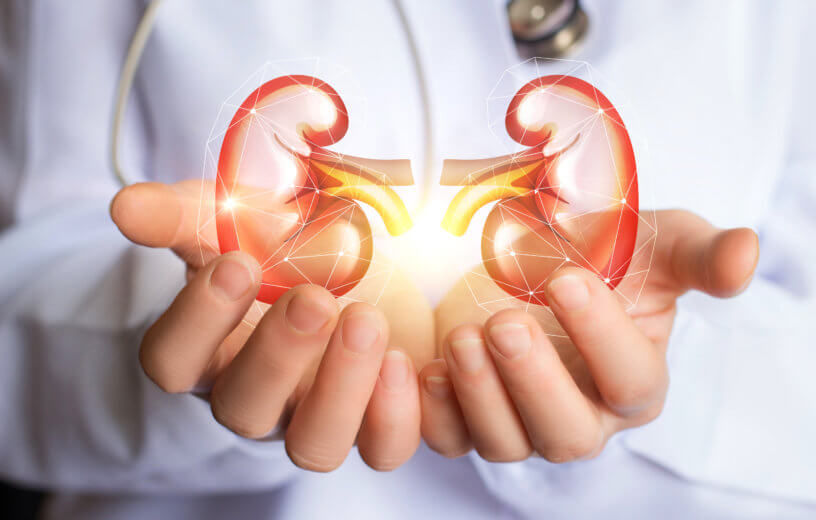Research uncovers link between changes in the eye and chronic kidney disease
EDINBURGH, Scotland — Chronic kidney disease (CKD) is a silent epidemic affecting millions worldwide. Often, by the time symptoms appear, the damage is already done. But what if there was a way to detect kidney problems earlier, without invasive procedures? Researchers from the University of Edinburgh may have found the answer – and it’s right in front of our eyes.
In a series of pioneering studies, the team discovered that changes in the retina and choroid (a layer of blood vessels behind the retina) can provide valuable insights into the health of our kidneys. Using a non-invasive imaging technique called optical coherence tomography (OCT), which is commonly available in many eye clinics, they found that patients with CKD had thinner retinas and choroids compared to healthy individuals.
So, what’s the connection? It turns out that the eye and the kidney share many similarities. Both organs are heavily dependent on tiny blood vessels for proper function. In the eye, these delicate vessels nourish the retina, allowing us to see clearly. In the kidneys, they form the filtration system that cleans our blood. When these blood vessels are damaged, as often happens in chronic kidney disease, it can lead to vision problems and reduced kidney function.

The Edinburgh researchers found that the more advanced the kidney disease, the thinner the retina and choroid. This relationship held true even after accounting for age, a known factor in both eye and kidney health. Interestingly, the central part of the retina, which relies heavily on the choroid for oxygen and nutrients, seemed to be particularly affected in CKD patients.
However, the real excitement came when the researchers looked at patients who had undergone kidney transplantation. Remarkably, these individuals showed a reversal of the retinal and choroidal thinning seen in CKD. Within just one week of receiving a new kidney, their eye structures began to thicken, with continued improvement over the following 12 months. It’s as if the eyes were mirroring the renewed health of the transplanted kidney.
On the flip side, the researchers also studied healthy individuals who donated a kidney. Within a year of donation, these generous souls began to show signs of choroidal thinning despite having normal kidney function. This suggests that the eyes could potentially serve as an early warning system, detecting subtle changes in kidney health long before traditional tests.
To put their findings to the test, the researchers followed a group of CKD patients for two years. They found that those with thinner retinas and choroids at the start of the study were more likely to experience a significant decline in kidney function over time. This predictive power remained even after considering factors like age, blood pressure, and protein in the urine (a hallmark of kidney damage).
So, what does all this mean for the average person? While OCT scans aren’t yet part of routine kidney check-ups, this research opens up exciting new possibilities. Imagine being able to track your kidney health with a simple, painless eye exam. No needles, no dyes, no radiation – just a quick scan that could alert you and your doctor to potential problems down the road.
“We hope that this research, which shows that the eye is a useful window into the kidney, will help identify more people with early kidney disease – providing an opportunity to start treatments before it progresses,” says Dr. Neeraj Dhaun, Professor of Nephrology at the University of Edinburgh’s Centre for Cardiovascular Science, in a press release. “It also offers potential for new clinical trials and the development of drug treatments for a chronic disease that, so far, has proved extremely difficult to treat.”
Of course, more research is needed to fully understand the complex relationship between the eyes and kidneys. The Edinburgh team plans to study larger, more diverse groups of patients over longer periods. They also want to explore whether certain eye changes can predict cardiovascular problems, which often go hand-in-hand with chronic kidney disease.
In the meantime, this groundbreaking work highlights the incredible potential of the human body to provide clues about our overall health. It’s a reminder that seemingly unrelated parts of our anatomy are often more connected than we realize.
So, the next time you gaze into someone’s eyes, remember – you might just be getting a glimpse of their inner well-being. If you’re due for an eye exam, don’t put it off. It could be more than just your vision on the line.
The findings are published in the journal Nature Communications.
